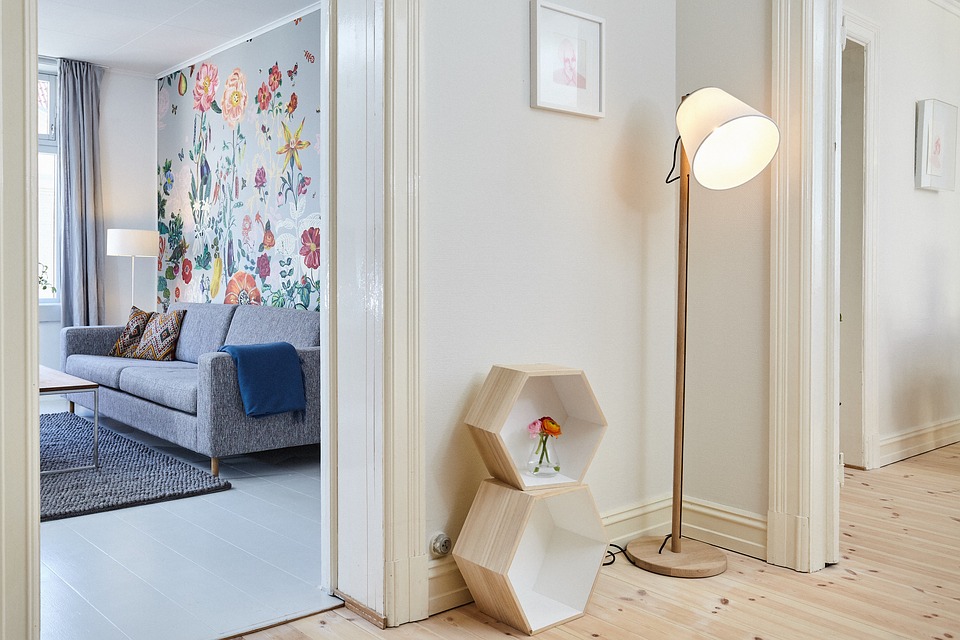
Interior walls in your house must look in the best way possible when we talk about the overall appearance of your home. To improve the aesthetics of the walls, you might need to opt for solid plastering.
Solid plastering refers to the act of or the art of covering a surface with either plaster or cement render. After solid plastering, your walls will last longer as compared to the ones which are not plastered. They will also become fire-resistant.
A finely solid plastered surface, after getting finished, should have strength and durability so that a coat of lime putty or paint can be applied on it. It should also have the required aesthetics.
The term solid plastering often refers to the rendering activities as opposed to the mechanical fixing of a brick of the wall. And this makes solid plasterers one of the most efficient craftsmen.
The most common types of solid plastering finishes are as follows:
Render and Set
In this type of solid plastering, the wall is covered with grey cement, plaster, and lime. Then it is kept for some time to dry. After being dried, the grey cement wall is covered with a white lime putty and hard wall plaster. This film is called the ‘set coat’. This white layer results in the smooth texture of the wall, that is fine and ready to have a layer of paint finish on it. This type of solid plastering is extremely useful for houses or constructions that have double clay brickwork. However, render and set solid plastering is mostly suitable for interior and not for external applications.
Sgraffito
This is a type of solid plastering that is applied to design murals on a plastered wall. At first, the wall is covered with one or more than one films of plaster. Later the required mural is stenciled or traced on to the wall. After the wall is being dried, the rendered wall underneath is exposed by scraping off the area around the design.

Sand Finish
This effect is produced by solid plastering by rubbing the plastered surface with either a float or a sponge. The float embeds the surface of the rendered wall with sand and brings the sand, cement, and lime into a fine texture. These particles are later sponged off to bring a refined surface on the rendered wall.
Bagwash
These are normally used to decorate concrete walls or masonry. To achieve this effect, a 5.5mm of a very thick layer of plaster is applied on to the wall by either using a brush or a cloth to smear it. After this film of plaster is dried up and robust, a hessian cloth or a sponge is used to produce a swirled pattern on the wall. The shape and texture of this pattern depend on the type of cloth used, the requisite effect and the type of solid plastering application used.
Glass Faced Cement Finish
This type of solid plastering finish leaves the wall extremely hygienic, waterproof, highly polished, and very hard wearing. Glass faced cement finish is normally used for decorating interiors of hospitals, restaurants, schools or market homes. They also have been used in industrial applications. These are ideal for corridors, entrances, hallways, and passages where there is a chance of high traffic. Their water-resistant qualities make them suitable for walls that require proper hygienic conditions, such as operation theatres, washrooms, showers, and toilets.

Mock Stone
This kind of solid plastering renders the wall a very masonry finish. Plasterers can dress up a block of the concrete wall and make it resemble a granite block or rubble wall or even limestone brickwork.
Corbelling
Often very mundane walls or other flat surfaces are made to appear a lot more interesting by applying color bands on them. Corbelling is a method of banding the impact of architectural elements such as cracks among wall joints. This can be achieved with proper planning and care.
Before you go for solid plastering, it is always important to keep in mind the time you are planning on investing in it. Further, you should keep in mind the money involved and the type of materials you would want to use. Different kinds of environment call for a different kind of solid plastering and thus you should know which kind suits your environment best.
Guest post by Justin Jersey
About the Author
Justin Jersey is a journalist, stylist and blogger. He is an aesthetician by heart who often writes about Home, Art, Fashion, decorating and DIY ideas. He loves to spark his creative genius by giving other people ideas for their own spaces. Find Justin on Twitter and Pinterest.
You may also like
The Best Websites to Shop for Home Décor Online
